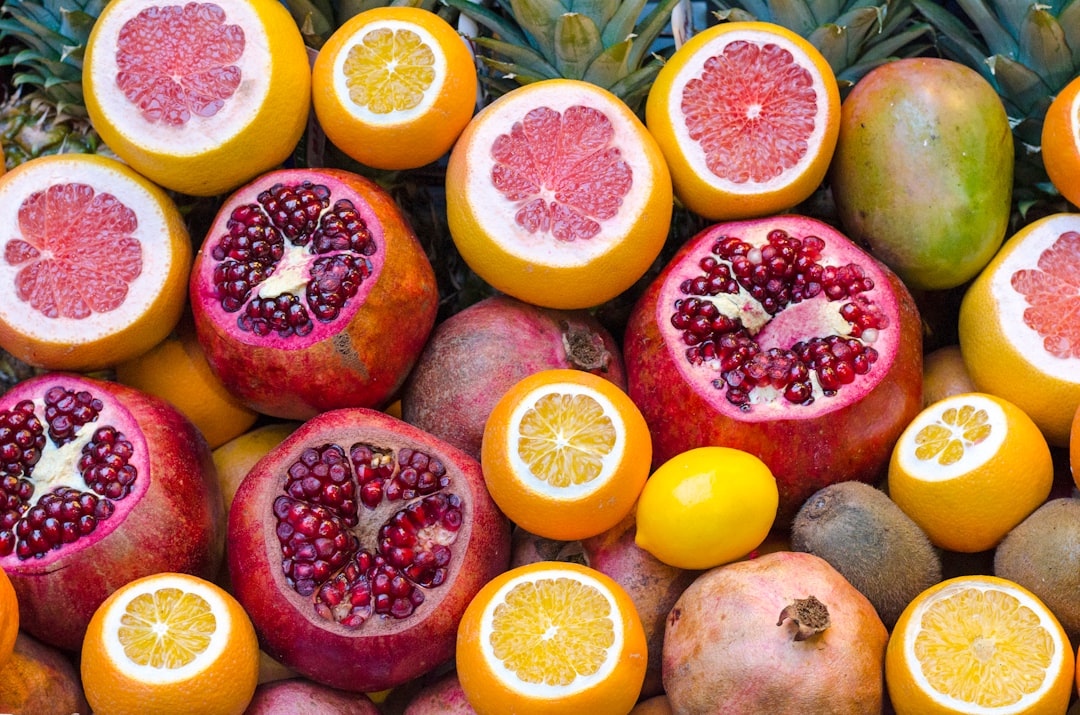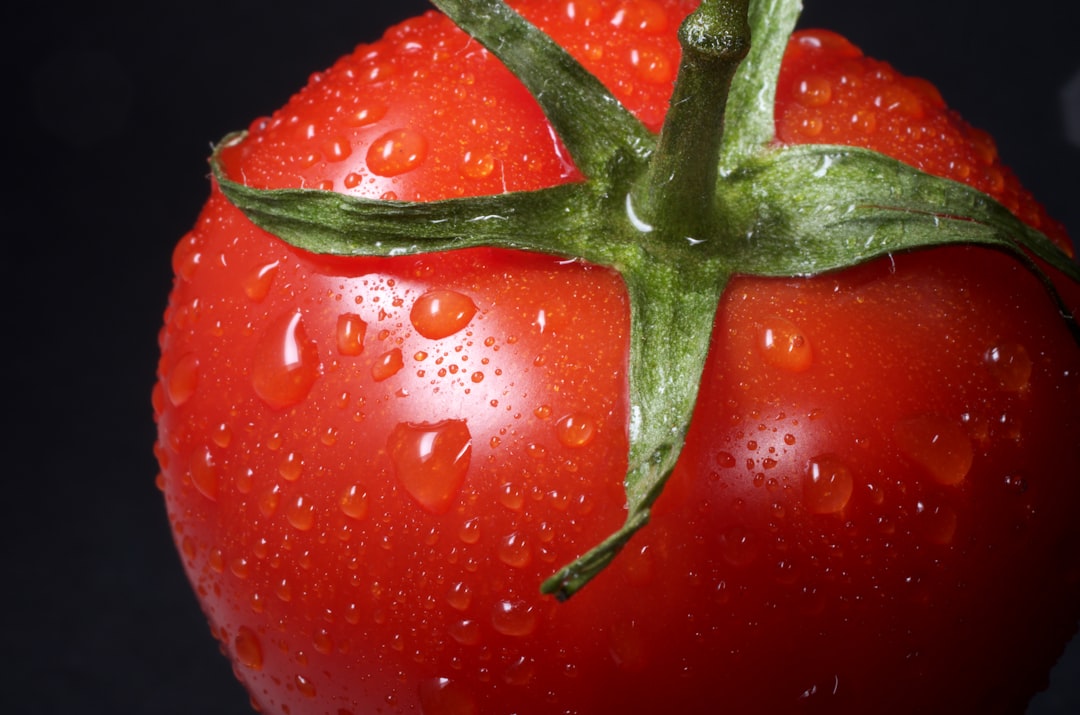What is it about?
Some shoppers squeeze fruit and vegetables to gauge if they are ripe. Yet truth be told, the firmness has more to do with the size of the stone then the softness of the fruit flesh itself. The article looks at contributions of both stones (with different size) and the presence/absence of skins to the firmness and breaking strength of fruit. Some of the work has been done with model fruit made from jelly spheres into which we have added spherical and disc shaped stones. We have also managed to engineer skins on the surface of some such models. So that we could validate the work we also the influence of stones and skins in real fruits including: cherries (skin & stone), grapes (skin & negligible stone), raspberries (virtually no skin nor stone)
Featured Image
Perspectives
One of my co-authors (an intern student) said at the end of the study that "she never knew that science could be so much fun". This was a creative project in which we "engineered" model fruits with gelatine. We added skins by chrome-tanning the outer surface and inserted stones during moulding. These model fruits were then subjected to cross polarised light to measure the stress distribution during gentle squeezing. I still chuckle at the creative ingenuity of our methodology. The work also provides insights into what we think when handling foods and the cues of fruit quality.
Dr Andrew J Rosenthal
University of Nottingham
Read the Original
This page is a summary of: Contribution of skin and stone to texture measurements of spherical model fruits, Journal of Texture Studies, December 2017, Wiley,
DOI: 10.1111/jtxs.12314.
You can read the full text:
Contributors
The following have contributed to this page










